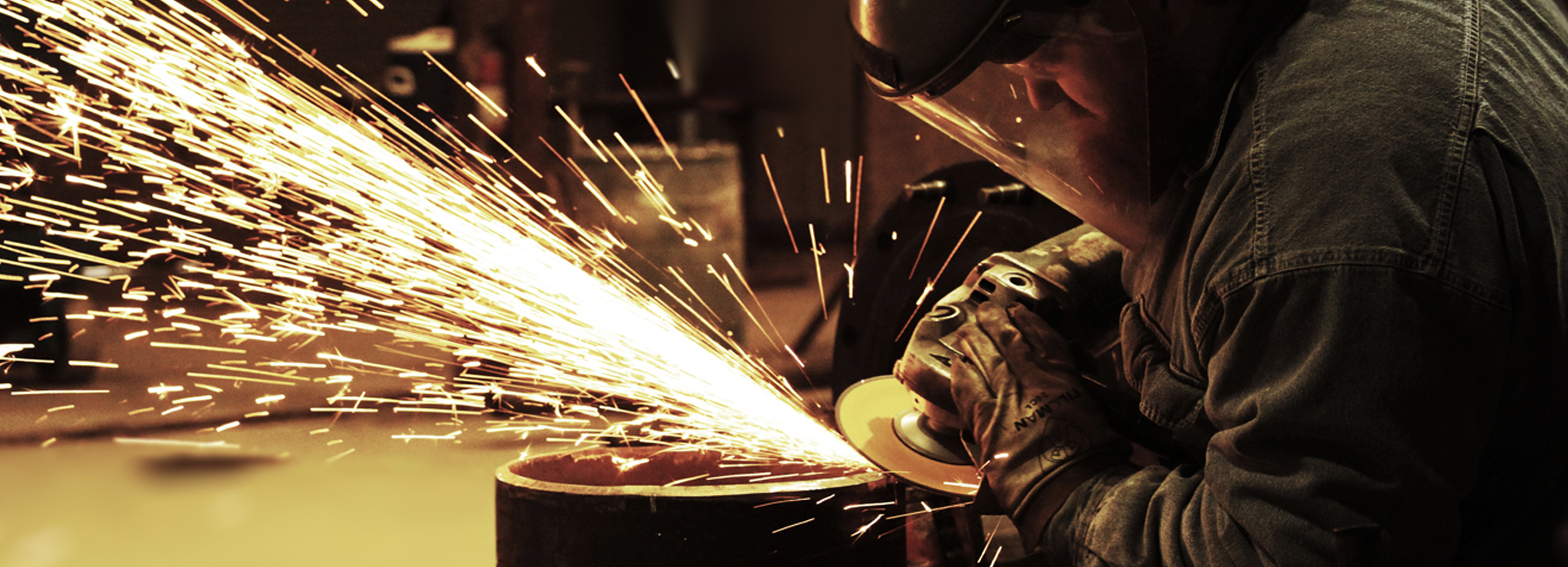


Advances in quality and productivity in the steel construction sector are largely due to developments in fabricating machinery. The manufacturers of steelwork fabrication equipment have invested heavily in research and development to produce the technological advances required by today’s steel construction sector. Thanks to this continuous improvement, sate-of-the-art CNC machinery has been made available from international manufacturers that have helped the steel construction sector improve productivity to become the envy of the world
The steel fabrication story begins as the basic sections and plates are delivered to a storage area, or steel stockyard. Here it is unloaded and stored prior to being moved to the fabrication lines for processing. Fabrication is a rapid process, and whilst a typical stockyard may contain several tonnes of material, that is only enough to keep the fabrication lines supplied for a few weeks.
Components can also be cut efficiently by plasma arc systems. A fine bore, copper nozzle constricts the arc between the electrode and the work piece. This increases the temperature and velocity of the plasma emanating from the nozzle. When used for cutting, the plasma gas flow is increased so that the deeply penetrating plasma jet cuts through material whilst molten material is removed in the efflux plasma.
Welding is a core activity in the fabrication factory; it is used to prepare joints for connection on site and for the attachment of other fixtures and fittings. Different welding techniques are used for different activities within the fabrication factory
Essentially, the welding process uses an electric arc to generate heat to melt the parent material in the joint. A separate filler material supplied as a consumable electrode also melts and combines with the parent material to form a molten weld pool. The weld pool is susceptible to atmospheric contamination and therefore needs protecting during the critical liquid to solid freezing phase.
Protection is achieved either by using an inert shielding gas, by covering the pool with an inert slag or a combination of both actions. As welding progresses along the joint, the weld pool solidifies fusing the parent and weld metal together. Several passes or runs may be required to fill the joint or to build up the weld to the design size















